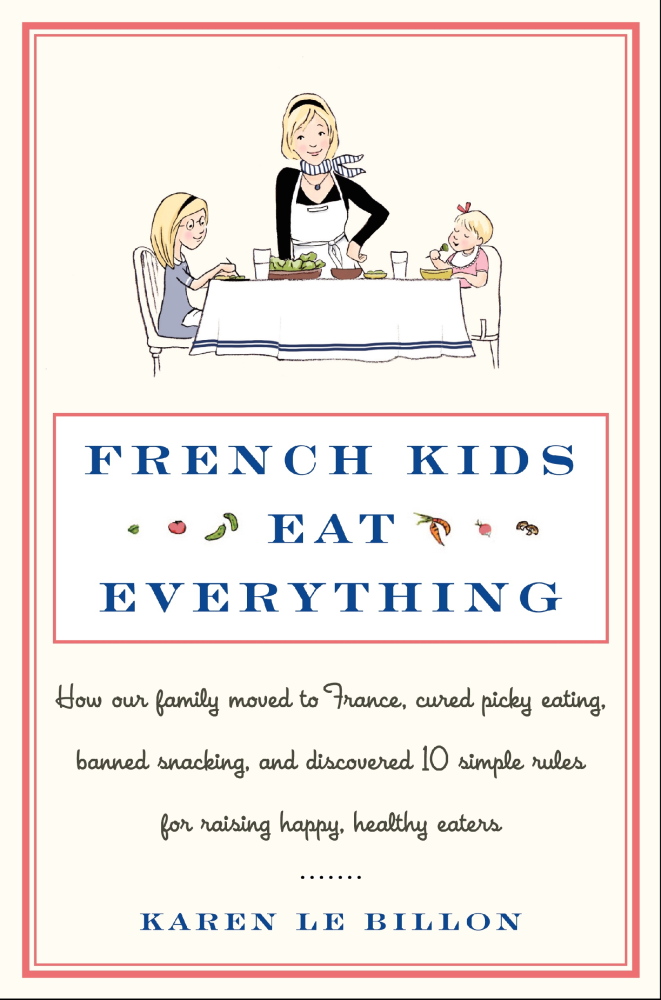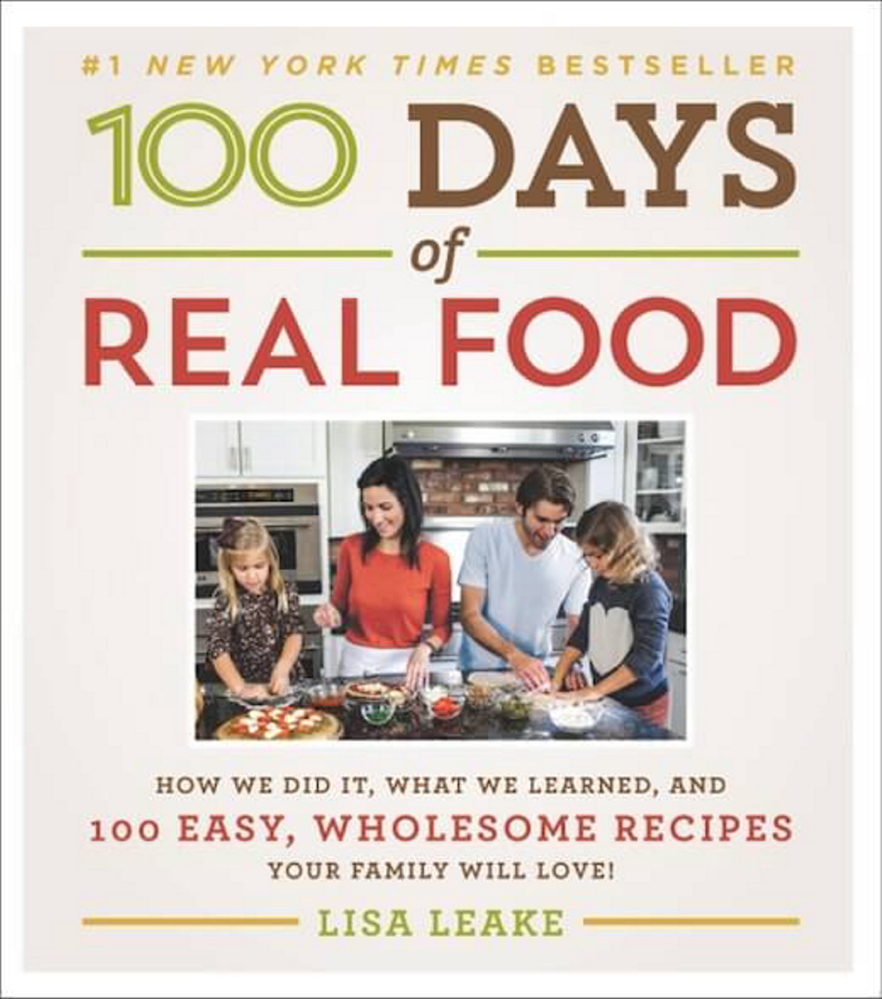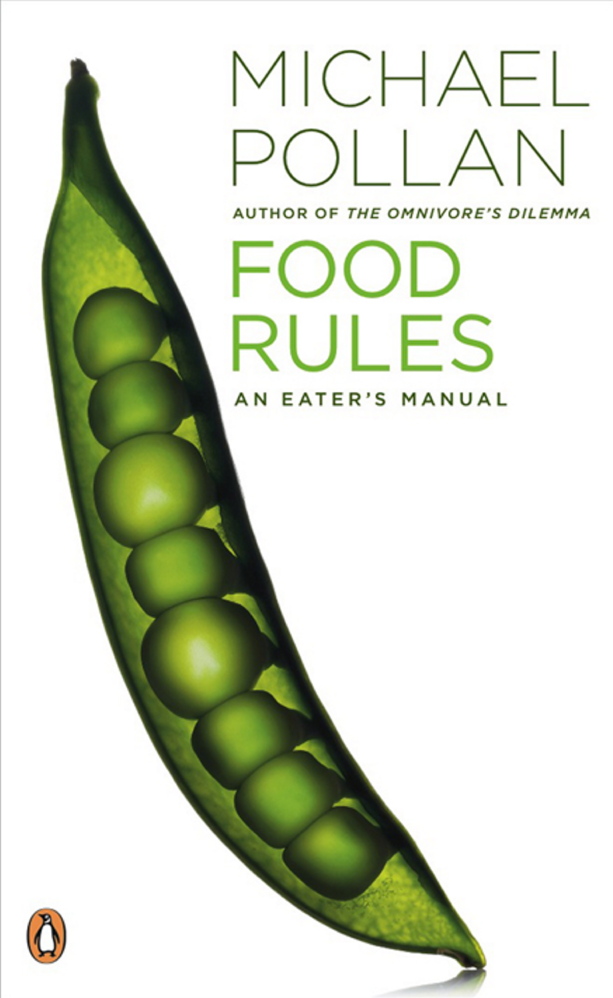In many places around the globe, the injunction to “eat real food” would be met with quizzical looks. What else would or could a person eat?
But in America, the menu of synthetic options grows daily, with upwards of 15,000 new food products introduced to supermarkets each year. We are overwhelmed by a bewildering array, not just of recognizable foods, but of what writer Michael Pollan calls “edible food-like substances.”
There are the obvious junk foods – whose relation to familiar plant or animal products is tenuous – along with imitation foods (like margarine and soy-based “meats”) and the “lite” formulations of old standbys.
Long lists of tongue-twister ingredients and dubious acronyms (like BHA, BHT, TBHQ and MSG) make the actual food contents hard to distinguish.
Sugar alone has more than 40 alibis, and who really knows what is in those artificial colors and flavorings?
Nowhere else in the world, it would seem, are there so many pseudo-foods and such widespread consumer confusion over what to eat.
It’s not surprising that a movement is underway to abandon all the quasi-food concoctions and return to traditional foods that our ancestors would have recognized.
Real food “is fundamentally conservative,” notes writer Nina Planck; “it doesn’t change while industrial food by contrast is under great pressure to be novel.”
The growing hunger for real food extends beyond a personal appetite for improved taste and nutrition. As defined by the nonprofit Real Food Challenge, which helps colleges and universities procure wholesome food, the goal is to eat what “truly nourishes producers, consumers, communities and the Earth. It is a food system – from seed to plate – that fundamentally respects human dignity and health, animal welfare, social justice and environmental sustainability.”
These sweeping ideals can feel like a tall order when all you want to do is get a timely supper on the table.
But this summer, our family began more deliberate eating – with the help of three inspirational books.
The first is a fast and humorous read by Michael Pollan called “Food Rules: An Eater’s Manual.” It’s a field guide to identifying real foods (i.e., those with no label whatsoever, or those whose labels have five or fewer ingredients).
Pollan is famous for distilling volumes of dietary guidance and nutritional counsel into just seven words: “Eat food. Not too much. Mostly plants.”
In “Food Rules,” he elaborates on this pithy counsel – drawing on collective food wisdom from around the world to offer pointers (which he assures readers are not commandments as “we’re already neurotic enough about our eating”). They range from the easy and obvious (“Don’t eat breakfast cereals that change the color of the milk” and “Eat only foods that will eventually rot”) to the more challenging (“Pay more, eat less” and “Treat treats as treats”).
For practical pointers on making real food a family affair, there’s no better resource that Lisa Leake’s “100 Days of Real Food.” It offers both gradual and wholesale approaches to relinquishing synthetics – for those with ready access to real food options. (The plight of those who live in “food deserts” is a far bigger societal challenge that is not addressed in “100 Days of Real Food.”)
Leake’s book offers detailed planning and shopping guidance, recommendations on everything from cooking oils to school lunches, and dozens of family-friendly recipes.
While at first glance most of the food in our home met her criteria, I was inspired to look more closely at ingredient labels – particularly on items I had blithely assumed were real foods.
Until reading Leake’s caution to select block cheeses, it hadn’t occurred to me that the shredded parmesan cheese we’d routinely bought might contain natamycin, a fungicide used to treat ringworm in animals and eye infections in humans. How appetizing!
Nor would I have expected Breyers “natural” vanilla ice cream – refreshingly free of unpronounceables – to include “tara gum.”
The gum’s manufacturers proudly proclaim this mechanically obtained hydrocolloid offers “creamy mouth-feel,” but its appeal to me ranks down near the ringworm fungicide.
The process of choosing foods more carefully has gotten our family thinking about the dominant food culture in this country. Karen LeBillon’s book “French Kids Eat Everything” helped spark those reflections as it portrays the stark contrast between French foodways – valuing communal meals, diverse foods and good taste – and Americans’ round-the-clock snacking and narrow, market-driven tastes (think pasta, pizza and sugar).
LeBillon’s family spent a year in France learning a whole new orientation toward food, and then struggled to bring those habits home to Vancouver, British Columbia – where cultural pressures encourage “convenience” foods, mindless eating and wolfing of meals (15-minute school lunches, eating in vehicles and brown-bagging in front of the computer).
She offers suggestions to help families transition from fake and fast foods to homemade meals eaten together.
Her counsel has helped our family inch toward “slow food” savoring, rather than individualized eating on the fly. We’re not likely to achieve any French ideals (lingering for hours over four-course meals), but we now have the occasional course that lets us glimpse the soul nourishment that marks the French approach to food.
Eating our own harvest this summer has helped remind us how deeply satisfying real foods can be.
When we sit down to a pesto dish ground from homegrown basil, garlic and kale, or a pudding of local, jersey milk topped with our own raspberries, there’s precious little risk of mindless eating.
Marina Schauffler, Ph.D., is a writer who runs Natural Choices (naturalchoices.com).
Send questions/comments to the editors.





Comments are no longer available on this story